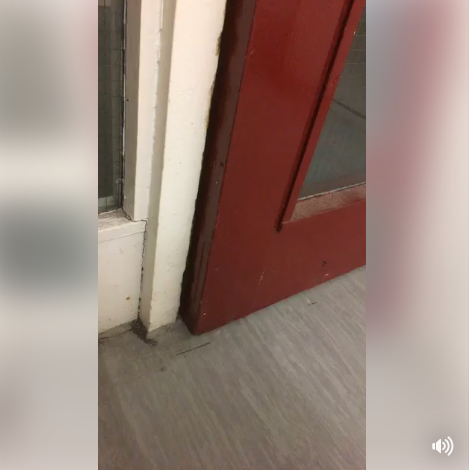
Residents who were urgently ordered to leave their homes in a north London housing estate nine days after the Grenfell Tower disaster have said that fire safety improvement works have been rushed, and some are threatening to withhold rent and council tax until they are finished.
Some 3,000 residents of the Chalcots estate in Camden were placed in temporary accommodation on 23 June after fire brigade tests found the building was unsafe, but almost all have now returned.
Meanwhile, the possibility of more evacuations was raised on Wednesday night as the government confirmed that at least 111 buildings, 90 of which are owned by councils or housing associations, will now have to take "immediate action" after tests found they do not meet current fire regulations.
The tests, carried out by the Building Research Establishment (BRE), found that buildings with aluminium cladding with a plastic filling and stone wool insulation – a commonly used combination in tower blocks – were at risk. This is the second of six planned rounds of tests of common cladding and insulation combinations commissioned in the wake of the Grenfell disaster.
The Local Government Association (LGA) said that the government should cover the cost of any improvement works – although the Department for Communities and Local Government (DCLG) said it would only consider funding individual projects on a case-by-case basis.

One Chalcots resident told BBC Radio 4's Today programme on Thursday that there were a range of substandard improvements in his block, Taplow, which were signed off by the council and fire brigade last weekend. The blocks were evacuated partly because of the lack of fire doors.
The resident, referred to as David, said that work was "rushed" and "shoddy" as a result. He said the mechanism to automatically shut his flat door doesn't work, that there is a visible gap at the bottom of a neighbour's door, and that mandatory non-slip strips on the staircase were worn away and almost invisible.
Various tenants said on a public Facebook group that they would not pay rent until more work was done.
One said: "If they ask about the rent I haven't paid I'll tell them it's OK, I've 'signed it off'."
Another post showed work happening on Thursday morning – despite the announcement that the building had been declared safe.

A resident posted a video from the 17th floor of Bray tower that he said showed "a seriously warped" fire door that was missing a required smoke seal, while asking whether any work had been done.

At least one family is still staying in a hotel and this week applied for an injunction against Camden council and the fire brigade because they believe the towers are still unsafe. Chalcots residents are even crowdfunding £3,000 for their own independent fire safety inspection.
However, not everyone is as concerned. Hasan Shah, vice-chair of the residents' association for Burnham tower, told BuzzFeed News that some work was still to be completed and that the towers were among the safest in the country.
He accused some members of the Facebook group – who have been highly critical of the council and residents' associations – of needlessly stirring up fears and attempting to link Chalcots to the Grenfell disaster.
"There is a group of people from the Chalcots with different agendas trying to do as much scaremongering as they can with residents," he said.
"But the flats were safe before Grenfell – we’ve had major fires here and the cladding and everything else held that fire in the flat. There was a massive one at Taplow. And the fire brigade were happy.
"But some people here are trying to tie Grenfell into this, which I think is so wrong. You shouldn’t be feeding off that."
Shah added: "It’s got to the point now where we have to calm people and show them the facts again and again, and then they calm down. It’s not about them bringing up legitimate issues, that’s fine. But the way they are doing it is wrong."
Chalcots' towers were refurbished with the same cladding that was used on Grenfell Tower between 2006 and 2009, by the same contractor, which is yet to be removed.
Camden council leader Georgia Gould said on Thursday morning: "We made a commitment to residents to remove the cladding panels on the Chalcots and that commitment remains. This decision was based on the results of tests in June that showed that the outer cladding panels on the Chalcots towers are combustible.
"We continue to take active measures to make sure our residents are safe and we’ll continue with our plan to remove and replace cladding panels as soon as we can."

As councils prepare to carry out yet more work to replace flammable types of cladding that were previously thought to be compliant with regulations, the row continues over who should foot the bill.
Councillor Simon Blackburn, chair of the LGA's safer and stronger communities board, said: "The tragedy at Grenfell Tower has clearly exposed a systemic failure of the current system of building regulation.
"The government must commit to meet the full cost to councils of removing and replacing cladding and insulation systems. It is also imperative that this testing process moves quickly to identify what landlords should be replacing these systems with as soon as possible.
However, a DCLG spokesman said in response to this: "We’ve been clear with councils and housing associations that we expect them to do whatever local fire services and experts say is necessary to make residential buildings safe.
"A number of councils have contacted the department about support to carry out this work. We have responded to these letters and will consider on a case-by-case basis what assistance may be required.”
